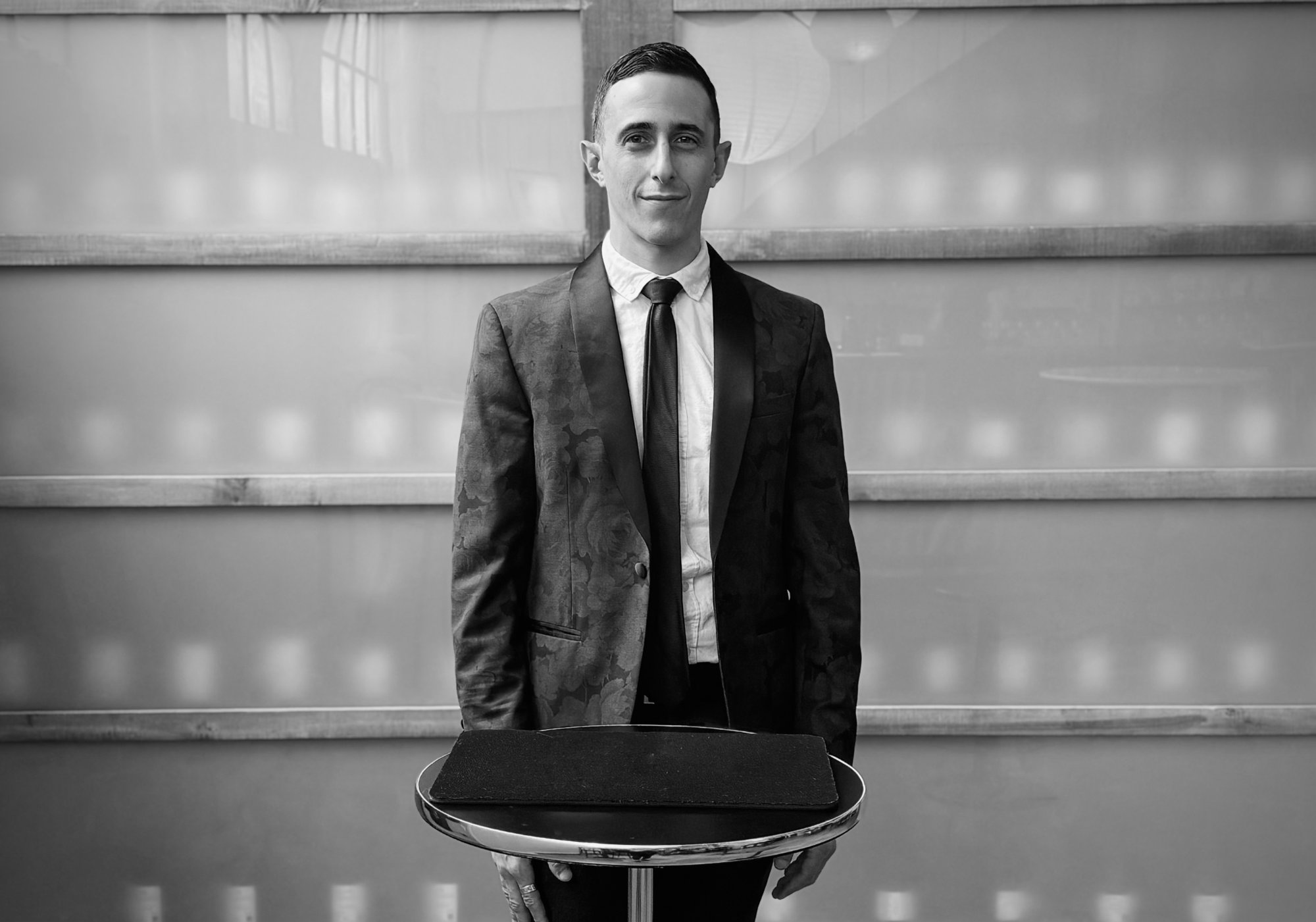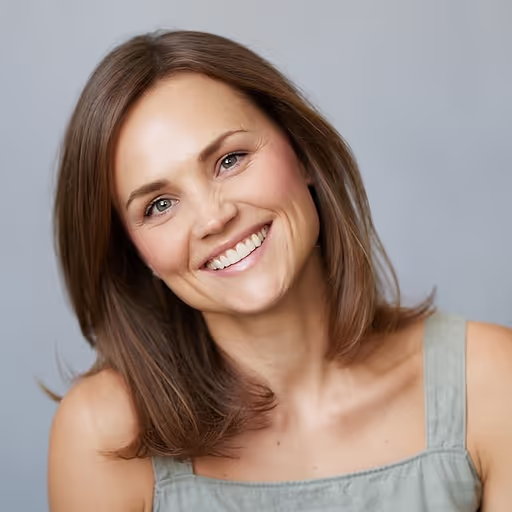
Udacity and Woolf: Expanding Access to Accredited, Affordable Degrees
Discover how Udacity and Woolf are redefining higher education with accredited, affordable master’s degrees that bridge skills and academic recognition.
How Udacity and Woolf Are Redefining the Future of Advanced Education
When two education innovators—Udacity, known for its industry-aligned Nanodegrees, and Woolf, a globally accredited higher education institution—collaborate, the boundaries of access and academic excellence expand dramatically.
In this interview, Anna Meshcherova, Vice President of Marketing at Woolf, speaks with Jared Molton, Vice President of Consumer at Udacity, about the launch of Udacity’s accredited Master’s in Artificial Intelligence, powered by Woolf. Together, they explore what happens when academic credibility meets practical, skills-based learning—and why this collaboration represents a major step toward globally accessible higher education.
From Skills to Degrees: Meeting Learners Where They Are
Anna Meshcherova: What made this the right moment for Udacity to pursue accreditation for the Master’s in AI?
Jared Molton:
Skill-based hiring is not a trend—it’s a structural shift. Around 64 percent of employers now use skill-based hiring practices. Companies like Google no longer require traditional degrees for many technical roles, and we expect that to continue.
Udacity’s programs have always centered on developing those practical skills through real-world projects and feedback. But we discovered that 28 percent of our Nanodegree graduates who reported a direct outcome mentioned that they started another academic program. That showed us our learners wanted their skills recognized through formal, transferable credentials.
That is what led us to explore accreditation, and through our conversations with Joshua and the Woolf team, we realized there was an opportunity to go further—to offer a complete accredited master’s program built on top of our existing model.
When we surveyed our learners, 57 percent said official accreditation was very important to them. The combination of both skills and credentials unlocks the most opportunity. We are really excited to offer this pairing to our learners.
Upholding Quality While Expanding Recognition
Anna Meshcherova: How does accreditation influence Udacity’s approach to curriculum design and quality assurance?
Jared Molton:
Udacity has always held a very high bar for content accuracy and instructional design. We audit our catalog regularly to ensure every course reflects current industry standards.
Accreditation adds an additional framework of quality assurance—mainly around assessments and regulatory compliance—but it doesn’t change our process. Instead, it validates it. Accreditation complements our mission to deliver learning that’s both practical and academically sound.
Affordability Without Compromise
Anna Meshcherova: Offering an accredited master’s degree for around $3,500 is remarkable. How did you achieve that balance between cost and rigor?
Jared Molton:
We approached it like a product challenge: how do we deliver maximum value while keeping the experience accessible?
By integrating the degree into our subscription model, learners can pursue an accredited master’s without added complexity. There’s just a low, one-time processing fee of $199.
The goal was to eliminate barriers. Starting a master’s degree shouldn’t feel out of reach. This model makes advanced education attainable, and early data shows learners are responding with enthusiasm.
Staying True to Mission
Anna Meshcherova: Has Udacity’s mission evolved now that accredited degrees are part of the offering?
Jared Molton:
Our mission—to forge futures in tech—hasn’t changed. Accreditation simply strengthens it.
And our early mission was along the lines of democratizing education. I think that this program speaks to both of those intentions. This partnership allows us to make advanced degrees more accessible while maintaining our focus on outcomes and employability. It’s proof of an evolution in higher education. You can democratize education without compromising quality or independence.
Closing the AI Skills Gap
Anna Meshcherova: With AI skills in such high demand, how do you see accredited programs helping close the talent gap?
Jared Molton:
Our Nanodegree programs already help learners demonstrate their skills through hands-on projects, guided by real expert feedback—not just quizzes, videos, or lectures.
Pairing those verified skills with an accredited credential creates the best of both worlds. Around three-quarters of AI jobs prefer candidates with a master’s degree, so this combination of practical mastery plus academic recognition gives learners a real competitive advantage.
Accreditation, Simplified
Anna Meshcherova: Accreditation is often viewed as slow and bureaucratic. What stood out to you about Woolf’s model?
Jared Molton:
Honestly, we were surprised a model like this even existed. In most cases, accreditation can take five to seven years, so when we first heard about Woolf, our initial reaction was, that can’t be real.
It took some homework for our team to really understand how the ECTS framework works and how it differs from what we are used to in the U.S. But once we dug in, it started to make a lot of sense. The process was rigorous, but also efficient — a combination you do not usually see in higher education.
Once we understood that the degrees are recognized in over 60 countries and that the academic standards align with global frameworks, we felt confident moving forward. It’s a legitimate, high-value pathway for learners who want to uplevel their career development.
Advice for Education Innovators
Anna Meshcherova: What advice would you give other education leaders exploring accreditation?
Jared Molton:
Start with your learners. Understand what they value. If they’re asking for recognized credentials, know that achieving accreditation doesn’t have to take years or cost millions.
The Woolf model is truly disruptive for education, and we are proud to be part of it. It allows us to offer accredited degrees with the rigor of traditional academia, without the inefficiencies, barriers, and financial burden that often hold learners back.
Redefining What’s Possible in Higher Education
Udacity and Woolf are proving that accreditation and innovation do not have to exist on opposite ends of the spectrum. When technology and academic standards align, learners everywhere gain access to education that is affordable, credible, and globally recognized.
Takeaway 1: Accreditation can be fast, fair, and academically rigorous when paired with the right model.
Takeaway 2: The future of education depends on bridging skills and degrees—not choosing between them.
Takeaway 3: Partnerships between innovators and institutions are driving a new era of accessible, legitimate higher education.
What’s next for your institution?
Discover how Woolf helps education providers like Udacity build accredited degree programs that scale globally.







